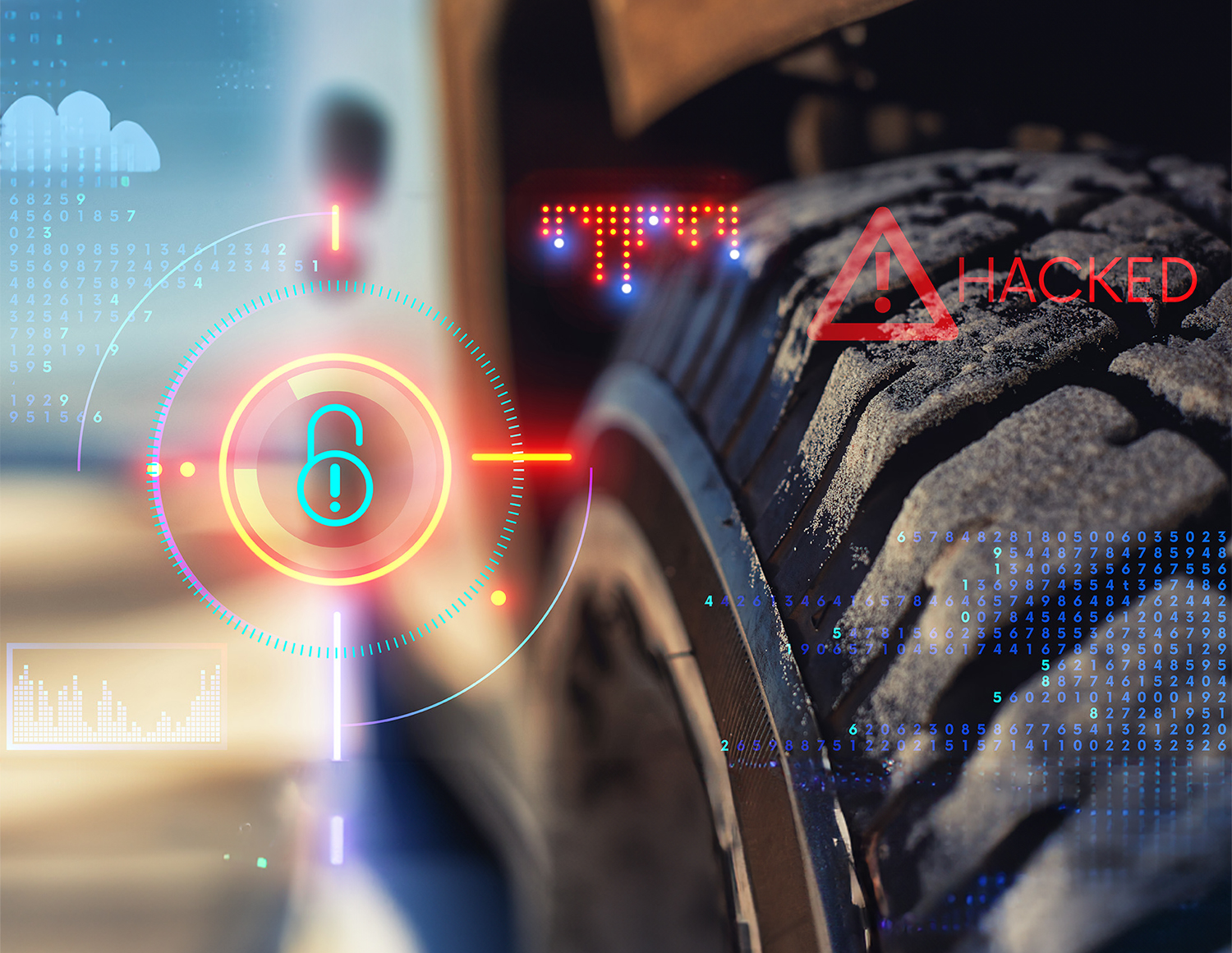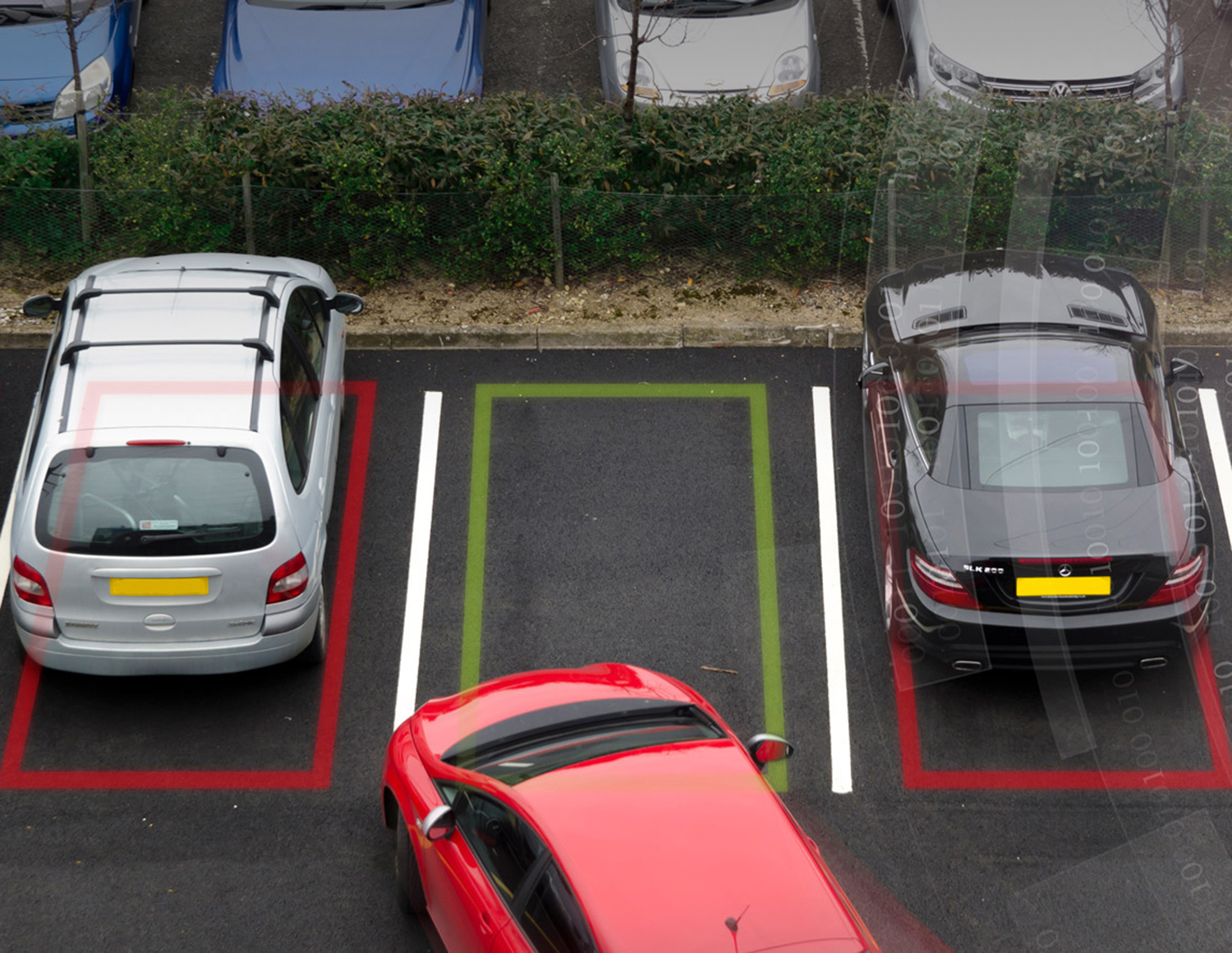Client story
Brief
Delivering accurate indoor location information is the holy grail for developers of positioning systems. Many existing systems rely on expensive fixed infrastructure or multiple radio signals which are often unreliable. But how do you achieve the same goal when there is no external infrastructure to reference?
Doing more with less is a challenge we relish. We decided to combine low-power, low-cost inertial sensors with algorithms that interpret the motion of the user to trace their path.
Approach
To create the algorithms, we harnessed our understanding of inertial sensors and the mechanics of human motion gained from extensive work in fitness technology development. The algorithms are the secret ingredient, allowing us to achieve the same performance that previously required expensive bulky equipment – but in a small prototype that can be clipped on to a belt.
Transferring our knowledge to solve the indoor location problem allowed us to make the best use of the available data.
Benefit
The resulting Trace positioning system is able to provide indoor location estimates even in the absence of external references, such as GPS or radio signals. Accuracy to within a few per cent of the distance travelled, with no external references, has been achieved in a range of trials.
Potential applications of the technology include locating workers in constrained environments such as clean rooms or industrial farms. Attached to shopping trolleys, it could even spell the end of queues.




